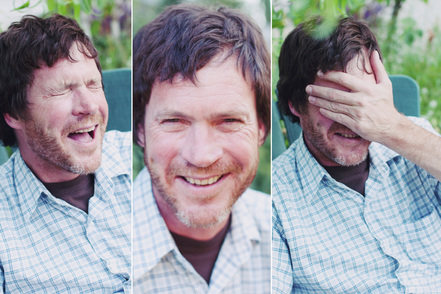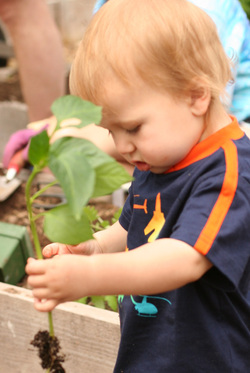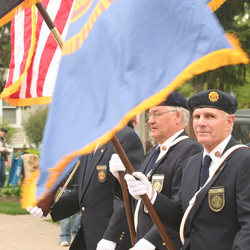Does my teen know how to fly?
Am I ready to let my child fly?
I hope your answer to both questions is, “yes!”
Most of the parents I’ve talked to gave a quivering “yes” or even a tearful “no.” This contrasts with their teens who told me excitedly, "Yes, I'm ready to leave home!"
Letting a child go off to college can be a parent’s worst nightmare. Or, it can be a welcome respite. It can also be anything in between.
The transition of leaving the nest is full of ambivalence for parents and young adults. There is an ebb and flow of holding on and letting go from both sides. Like the mighty Hudson, the ebb and flow is repeated over and over. But, unlike predictable river tides, the currents of college transition can sneak up and overwhelm you when least expected.
So, get ready to predict your emotions will be unpredictable. If you are a person who is highly organized or always in control of emotions, this may be unwelcome and uncomfortable.
The vacillating feelings for parents and teens can include:
Anxiety
Even positive transitions, like going to college, are stressful and can lead to anxiety. It’s easy to be anxious when you wonder if your teen is “ready to fly.” Will they get good grades? Will they make friends easily? Will they be homesick? Who will be there to give support? Some anxiety is normal. Too much is paralyzing and can get in the way of letting young adults go gracefully. Teens, whether they admit it or not, are wondering about the same things as their parents, and more! Too much anxiety for your teen can immobilize them at the very time they need a high degree of energy.
If you are a parent, keep in mind how hard you’ve worked to help your child learn the skills of independence. You taught them to tie their shoes. You helped them learn to cross the street safely. You coached them on how to succeed with homework and lessons. And now it is time for those skills to coalesce. Your son or daughter will carry your strong foundation with them. Letting them go gracefully is giving a vote of confidence to your youngster. It is a great way to show you believe your son or daughter is capable and equipped from the training you’ve provided. Think about the reverse. If you do notlet your young adult fly, are you implying you don’t believe in them?
Resentment
Young adults often start pushing away from parents in early August, several weeks before classes start. It’s a way of testing out those fledgling wings. They often want to spend every waking moment with their high school friends before separating to go to various colleges. They know they are going to miss their friends, so they cling to them. They know they’re going to leave the comfy parental nest, so they push. It’s easy for some resentment to creep up for parents who want to enjoy every last precious moment together. Kids can also get resentful of parents who cling or control all the decisions around college.
Grief
Both of you have barely completed the tension packed marathon of college applications, visits, and decisions. Did you take a breather yet to rest and sort out your emotions? It’s a good idea. With leave taking comes loss. The whole family is impacted. Parents who have wrapped much of their time, energy, and self-definition into a child can find this time sad and worrisome. It’s easy to wonder, “What’s going to fill my life now? Or, how am I going to manage without her/him?” Siblings also face multiple changes when an older sister or brother leaves. Couples whose last or only child is leaving will face a transition in their relationship.
Excitement
The day looms when it all comes together. It’s going to happen, regardless of how you feel or if you have everything prepared. So, celebrate and enjoy. Be present in the moments as they happen. Be grateful for each other. Be grateful for each and every day.
Regardless of how you are feeling, here’s one thing to avoid: blocking out your feelings. It’s important to grapple with feelings, not deny them. Find a safe way to express them and safe people to share them with. Avoid fending off the looming emotions with a frenzy of buying things for college life.
Both you and your teen have many transitions ahead as college begins. It doesn’t end the day classes begin. Take good care of yourself. Encourage your teen to do likewise. Eat properly. Get extra sleep. Take time to relax and exercise. Do some things you enjoy. Take time to reflect and ponder.
Perhaps it’s helpful to come back to the baby bird analogy. Consider this, if you were a baby bird teetering on the nest, looking at the far away ground below, what would help most—a mama or papa bird saying, “Hold on, honey, I don’t know if your wings are going to hold up, your feathers aren’t really developed yet, be careful!” Or a mama or papa bird who says this, “Oh, my beloved, you have developed such strong wings, go now and enjoy soaring!”
And, baby birds out there, when you’re off flying, remember to send down a thankful chirp or two to that mama or papa bird back in the empty nest.










 RSS Feed
RSS Feed